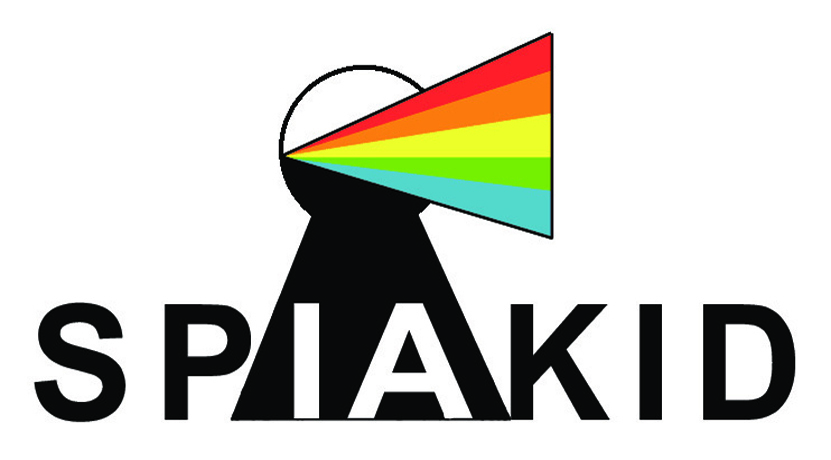Project
The SPIAKID project, funded by the European Research Council (PI: Piercarlo Bonifacio, GEPI), aims to build a spectro-imager based on superconducting sensors
with kinetic inductance and to install it on the ESO New Technlogy Telescope (NTT) with a diameter of 3,58m located in La Silla at Chile by 2025.
These sensors, developed in the Pôle Instrumental's technology center,
could replace CCDs in many applications. The pixels operate in photon counting mode, but they also tag the energy of the detected photon and its arrival time.
This allows to do spectrophotometry without using filters or dispersing elements. All the pixels are read simultaneously with a very high cadence, of the order
of 100 μs, much smaller than the typical coherence time of the atmospheric turbulence, this opens up the possibility of achieveing high angular resolution by
sophisticated image reconstruction techniques.
The instrument will be developed with the primary scientific objective of studying the Ultra Faint Dwarf galaxies of the Local Group. These galaxies have an
absolute luminosity below 105 L⊙. It will also address other scientific objectives such as the measurement of the redshift of quasars and galaxies,
the characterization of the electromagnetic counterparts of gravitational sources or the characterization of small bodies in the solar system.
This
demonstrator instrument has also several technological objectives: to demonstrate the maturity of this type of sensor for scientific use, the possibility of
manufacturing and operating in multiplexed mode sensors of 104 pixels, the possibility of building mosaics with these sensors to achieve a larger
field of view.

News
The Preliminary Design Review took place on March 16th and 17th 2022
